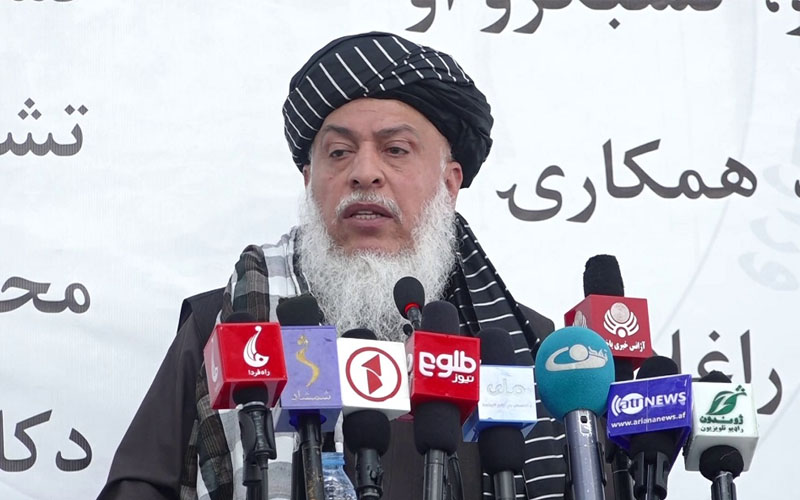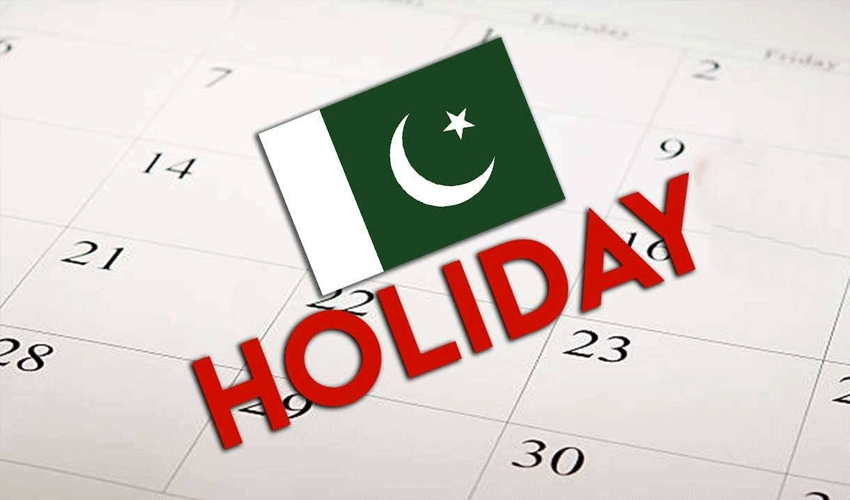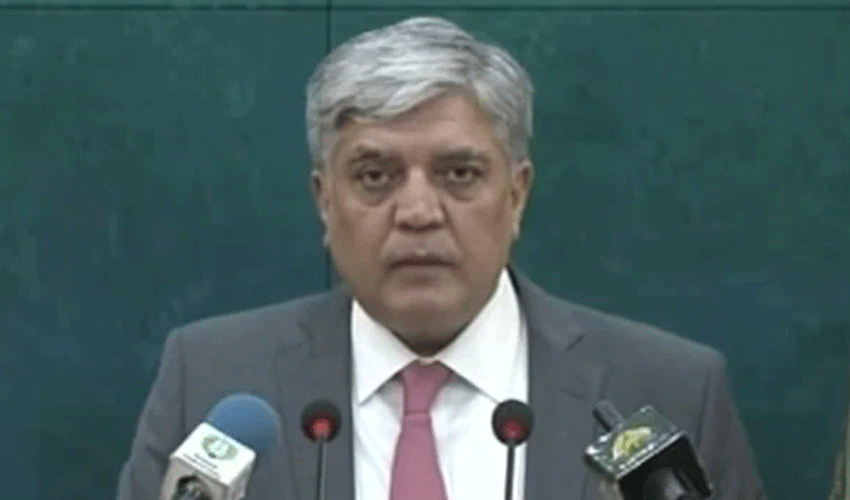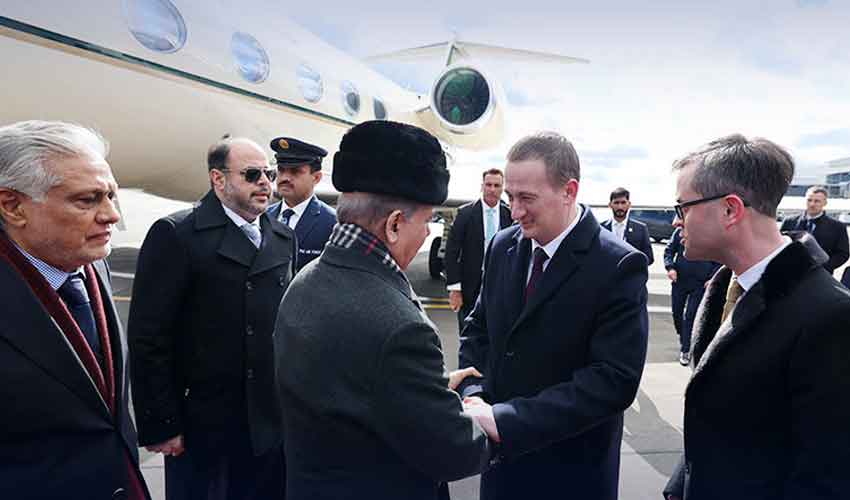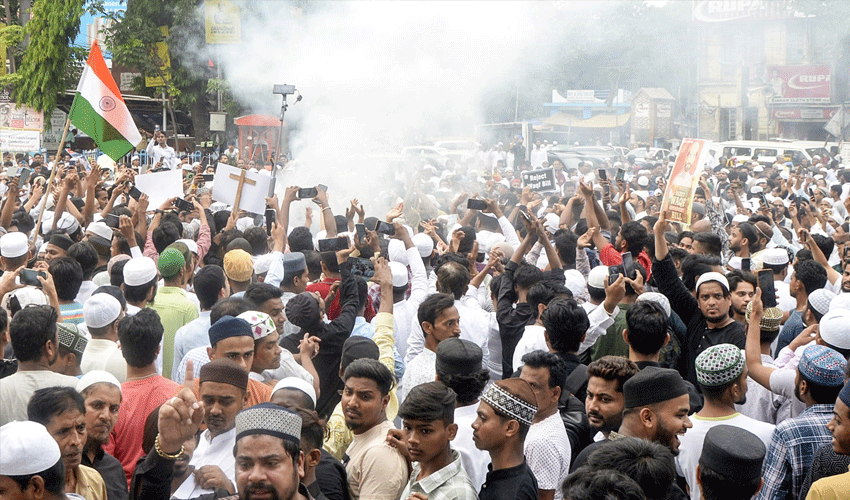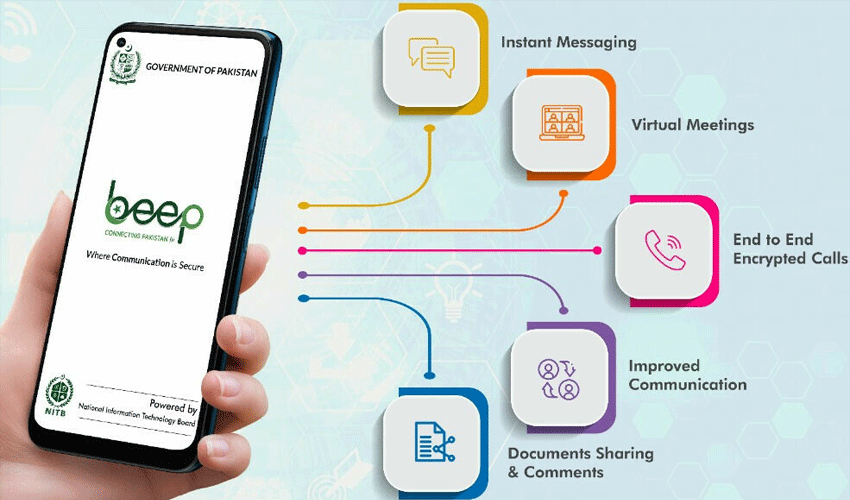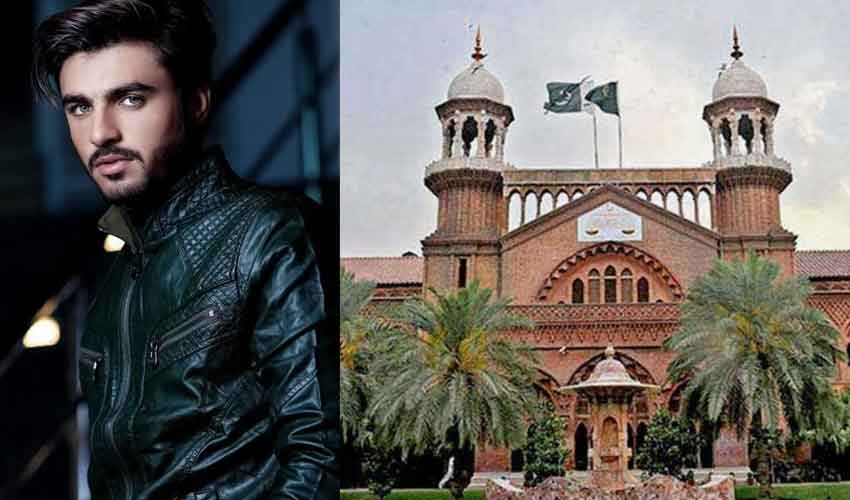The Afghan interim government is grappling with internal disputes, despite Deputy Foreign Minister for Political Affairs Mohammad Abbas publicly denying any discord among government officials.
This raises an important question: If the Afghan leadership is truly united, why are divisions becoming more apparent? Frequent references to external enemies may indicate an attempt to conceal internal weaknesses rather than a genuine assessment of the political landscape.
Reports suggest that solutions to Afghanistan's challenges lie not in blaming external adversaries but in self-reform and addressing internal issues.
Acknowledging failures within the leadership can be difficult, yet it is essential for stability. The interim government must confront reality and work towards resolving its internal conflicts if it seeks to establish a lasting foundation.
Critics point out that claims linking internal disputes to external foes lack solid evidence. This narrative often diverts attention from internal mismanagement and leadership rivalries. Multiple reports and testimonies from former officials highlight ongoing disagreements among the leaders of the Islamic Emirate of Afghanistan (IEA).
Economic challenges in Afghanistan are not solely a result of foreign intervention but also stem from stringent policies, a lack of international recognition, and the exclusion of professionals from governance. The government’s failure to establish itself and the rise of resistance movements indicate significant internal fractures while attributing blame to external forces distracts from the leadership's shortcomings.





